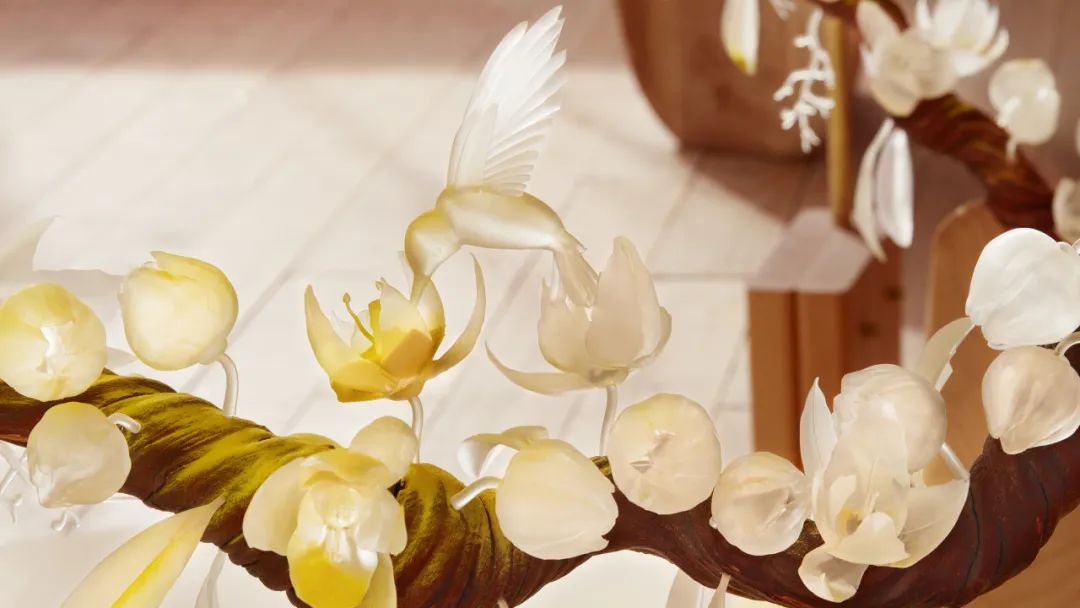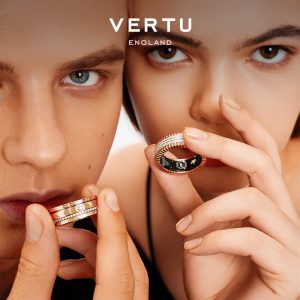in the face of increasingly serious ecological and environmental challenges,
What would an artist do?
Fernando Lapos (Fernando Laposse)
gives the existing aesthetic value,
A positive response with practical significance.
“The deterioration of the ecological environment and the climate crisis are related to everyone's life. As an artist, I am very concerned about ecological issues, which I think are one of the most important issues in the life of our generation.” Artist Fernando Lapos (Fernando Laposse) said. The Mexican-born artist, known for his use of natural materials, has just exhibited a new poetic installation in Tokyo, inspired by his observations of nature and the essential connections between different species.

> Artist Fernando Rapos (Fernando Laposse) debuts his new installation in Tokyo
Many contemporary artists are very concerned about the ecological environment, sustainable development, biodiversity and other issues. In the face of severe ecological challenges, Lapos, as an artist and designer, responds with creation. In particular, his creation in the past ten years makes us feel that what is most inspired is not the beautiful, poetic and interesting works he has created, but how Lapos skillfully uses artistic creativity to transform abandoned natural materials into exquisite works of art, and through creativity to stimulate the production vitality of local communities, while giving aesthetic value to works of art, it also has a positive impact and impetus on reality.
For example, his good use of sisal was once the main material for making ropes and fishing nets, which was a large industry in the Americas and provided a lot of employment opportunities for the local indigenous people in Mexico. But with the advent of plastics, sisal was abandoned. In Lapos's view, “instead of creating new magical materials to replace the pollution caused by plastics and man-made fibers, why not return to the development of natural materials that already exist?”
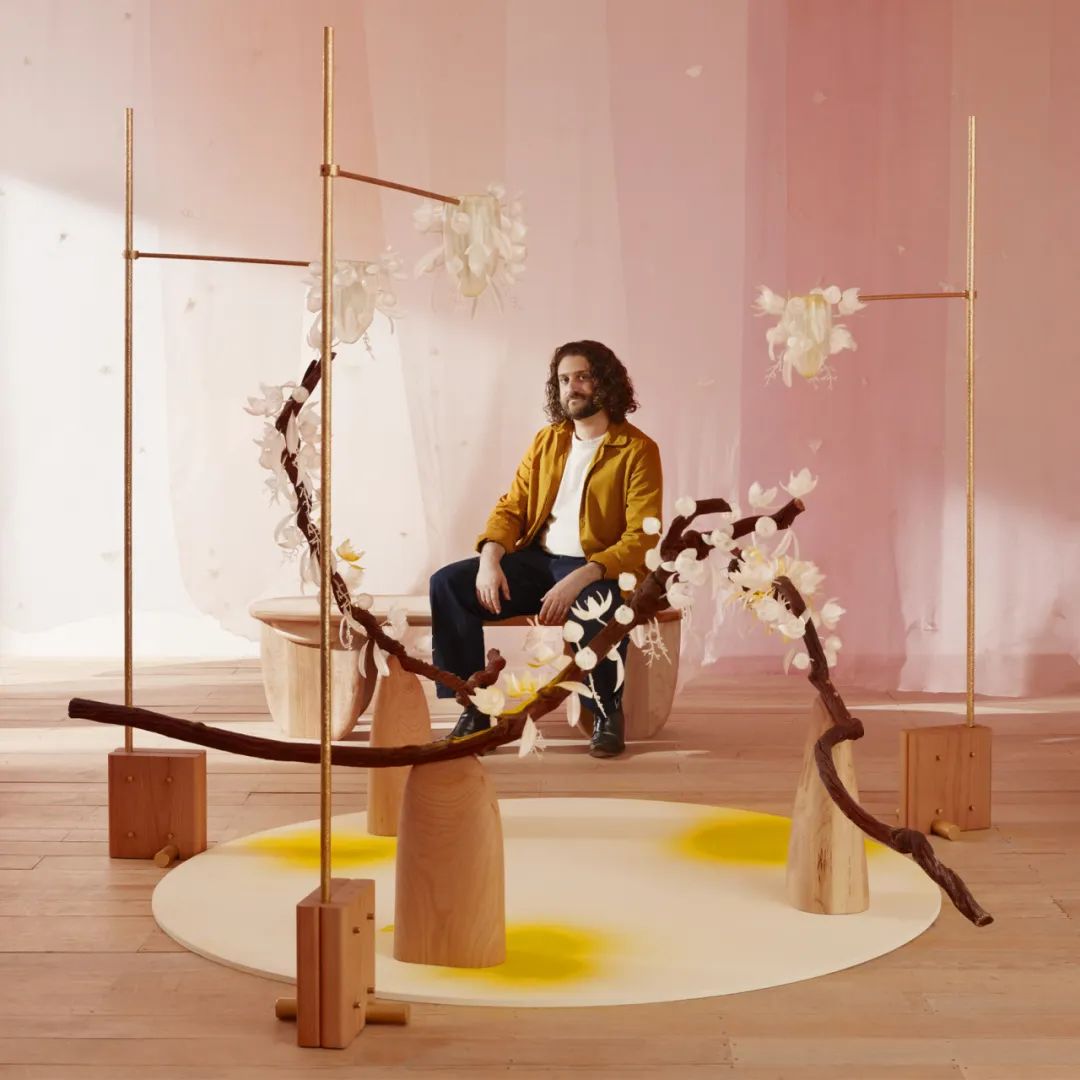
Lapos's artistic practice is full of practical significance, but also has a very high aesthetic significance. One particularly impressive piece is the public installation “Pink Beast” (Pink Beast) commissioned by Miami Design Week 2019. Lapos uses agave fiber as the main material and dyes the fiber pink with cochineal dye from an organic farm in the mountains of Oaxaca to create an extremely eye-catching bright color. Lapos' furry pink animals, hammocks and tassels hang from the plazas and sidewalks of Miami's design neighborhoods, providing an extremely interesting and enjoyable experience for the people of the city. These works provided jobs for more than forty Mayan textile workers.
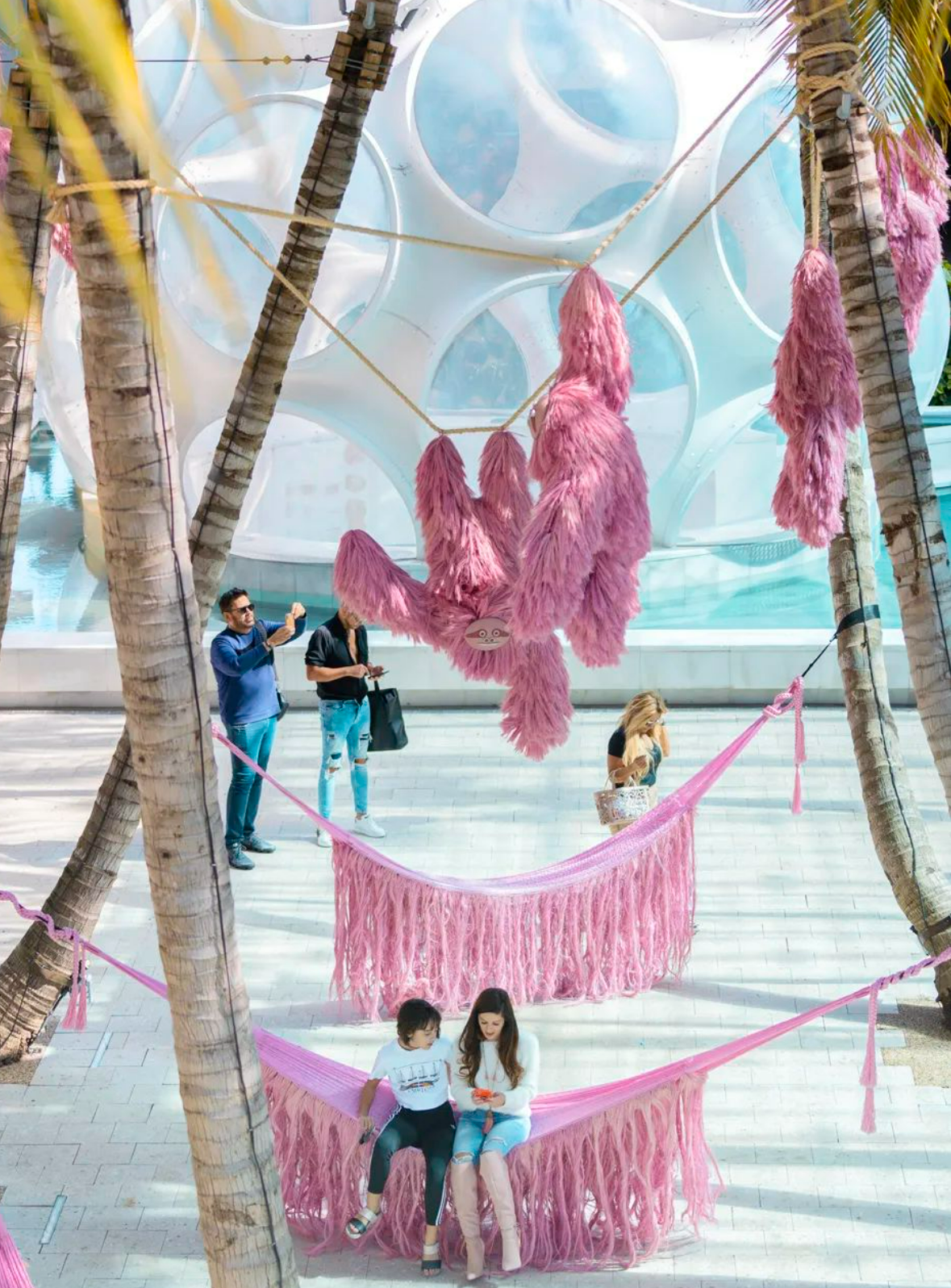
In recent years, the Totomoxtle series of materials that Lapos has studied with great concentration are new materials made of Mexican corn husks. Lapos, who studied at the Central Saint Martins College, has a strong practical ability. Before seeing Totomoxtle series of works, most people did not know that the original corn colors are so rich and diverse, from dark purple to cream, showing a colorful look and feel.
This project is far from presenting simple aesthetics, Totomoxle behind the work is the artist's practice of revitalizing traditional agriculture in Mexico, and he tries to create new income channels for low-income farmers. On another level, the extensive use of herbicides, pesticides and genetic modification techniques in modern agricultural cultivation, resulting in severe land damage and the loss of native seeds, made Lapos feel obliged to do something to protect biodiversity. Lapos cooperated with the local community to gradually restore traditional agriculture in the village, converting corn fiber and husk into veneer materials with decorative value, and also created many local employment opportunities.
Lapos brings to these works his own reflections on contemporary world issues such as the environmental crisis, biodiversity, migration and the impact of global trade. This is another inspiration brought by contemporary young artists: art and design are not only aesthetic values, but also can provide feasible solutions to this bad reality.
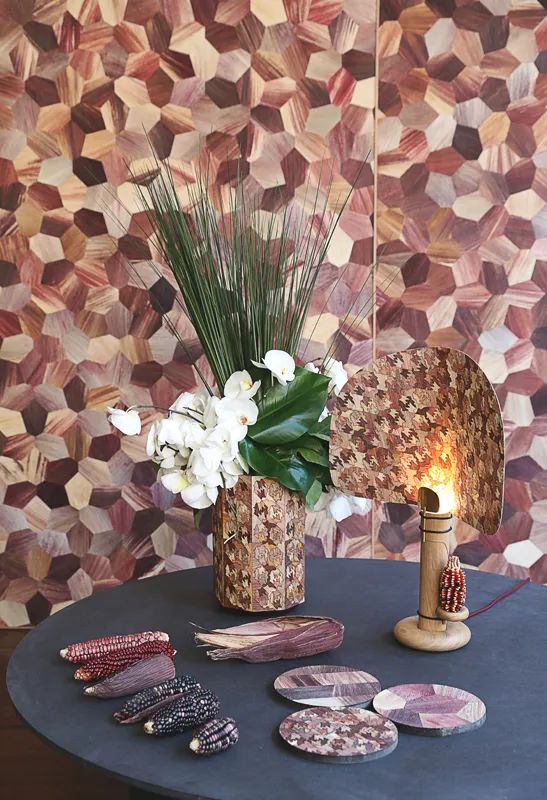
Returning to this new work exhibited by Lapos in Tokyo, this is an ecosystem work inspired by flowers, which he accepted the invitation of Champagne of Paris. The origin of Paris flower champagne and art can be traced back to the beginning of the 20th century. Since 2012, every year, new artistic talents have been invited to reinterpret the “Art Nouveau” (Art Nouveau) style of the 21st century. For example, the previous cooperation with Japanese florist Dongxin left a deep impression.
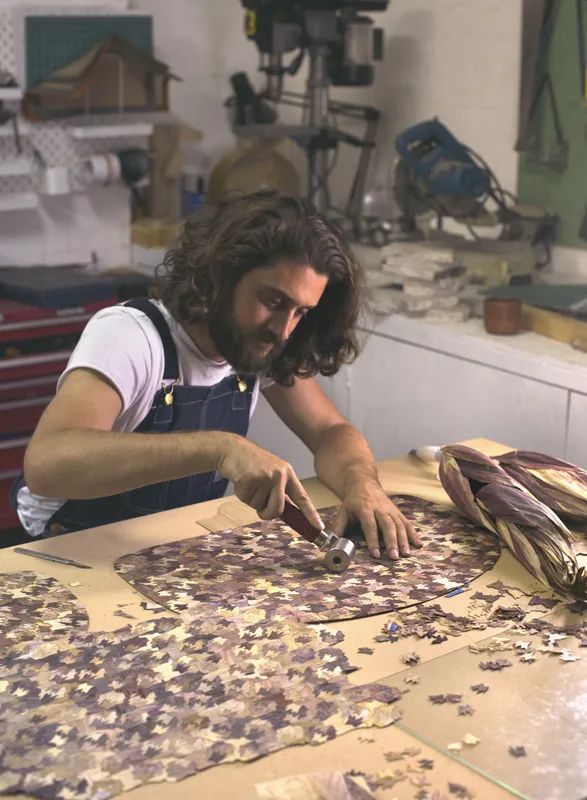
Lapos' new work uses a variety of materials (brass, wood, branches, silk, etc.) combined with 3D printing technology to create a poetic small flower landscape. When the work was unveiled, Lapos slowly poured yellow sage powder into the buds suspended on the brass bracket. The pollen was sprinkled on the 3D printed flowers, hummingbirds and rattan collected from the jungle, instantly bringing the audience into the natural atmosphere.
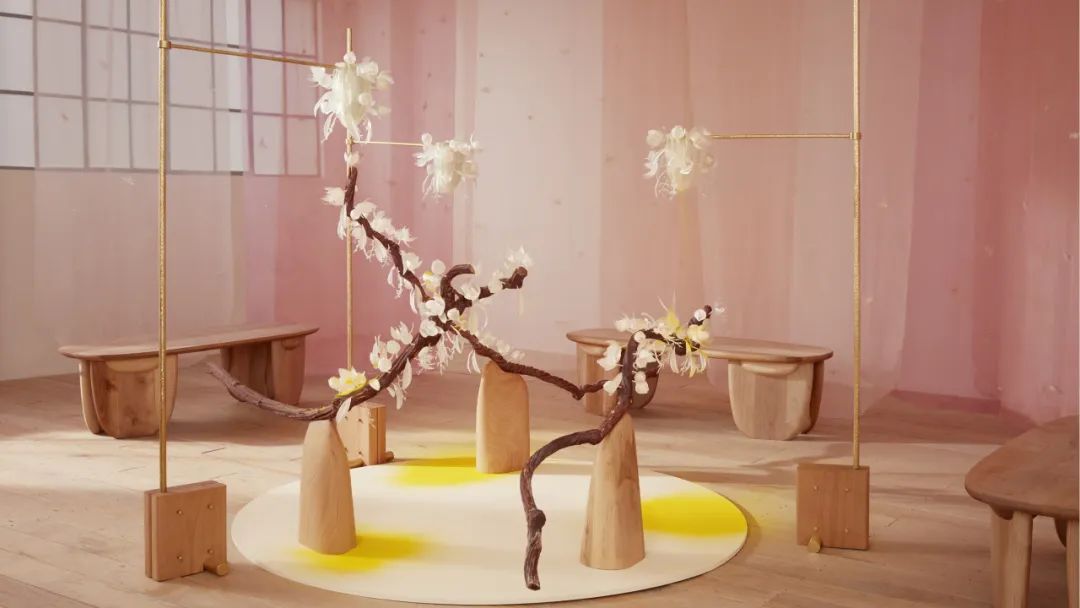
“I am concerned about the key role that flowers play in a range of different relationships within ecosystems, particularly the process of pollination.” Lapos believes that in this world, all species, including humans, are equally important. Through the complex and harmonious interaction between plants and the insects and animals that pollinate them, it may be possible to propose some potential solutions to the environmental problems facing the world today. “In this precious and short process, pollen is an important link between these characters. This is a celebration of life.”
In order to create this work, Lapos came to the Champagne region of France. “Champagne is an expensive product and people enjoy the happiness it brings to their daily lives. But people tend to forget that it all comes from the land and people.” Lapos observed the interaction and connection between nature and human in the Champagne area. The high-quality soil and natural conditions gave birth to unique grapes, wild flowers and insects. He walked between nature. “All these are incredible. It seems that we have a party among flowers. Here, everything returns to the original natural state. I want to create a work that can make people stop from the busy rhythm, to feel the wisdom of nature.”
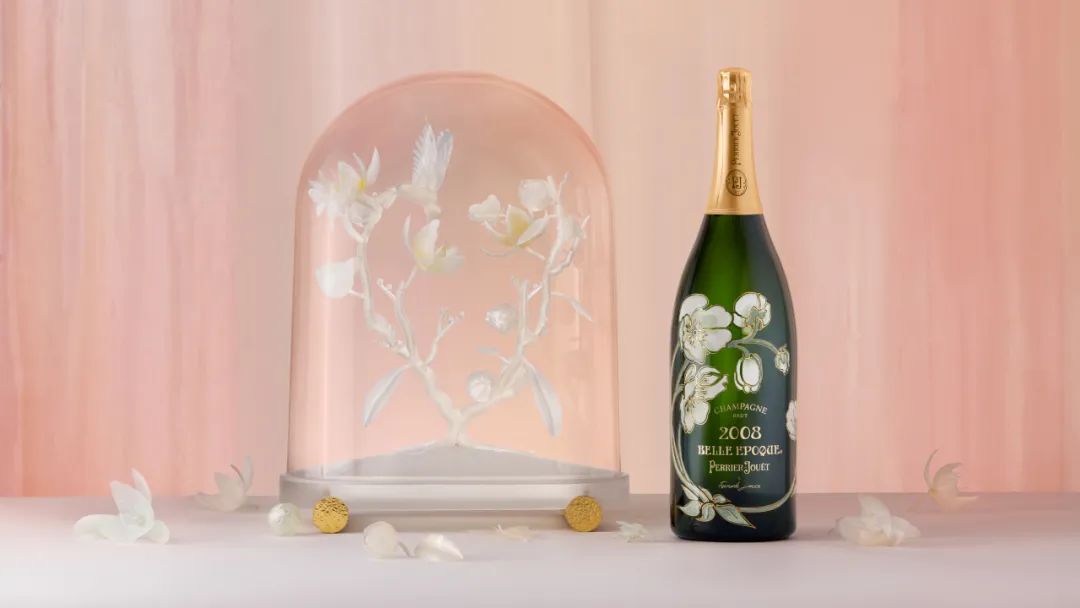
This work shows the profound relationship between man and nature. Lapos' artistic creation is deeply rooted in the countryside, and at the same time has the dimensions of culture, history, society and environment. In addition to the pure beauty of art, it also gives the audience a rich space for thinking.
“I hope my work can inspire people to pause for a moment and think about the current consumption patterns and the world we live in. The power of art is that it really stimulates people's imagination about the future.”
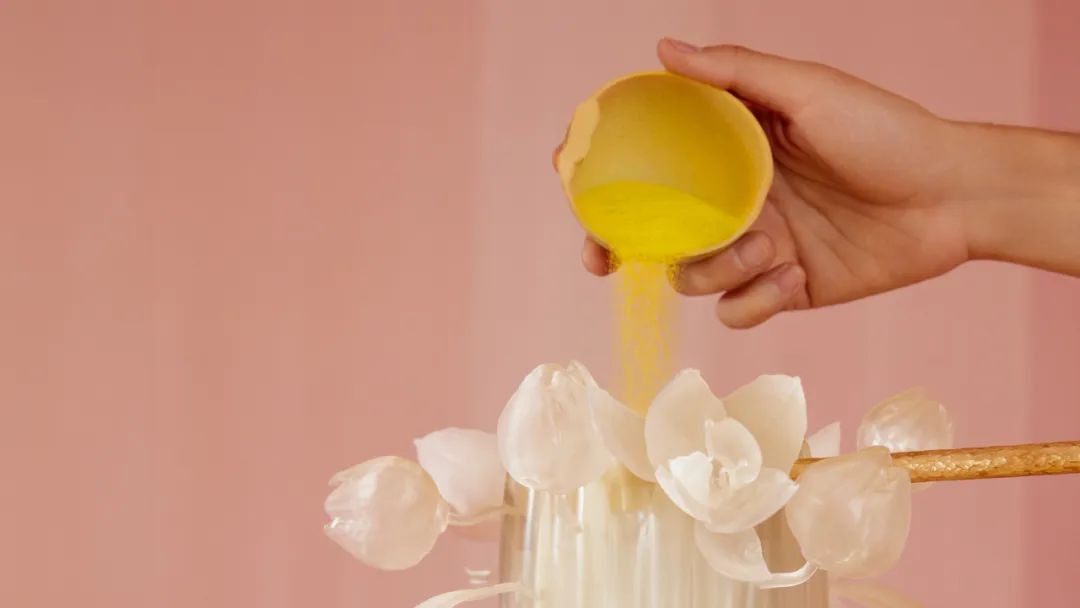
After its first exhibition in Tokyo, Fernando Lapos' installation will also be exhibited at Miami Design Week from December 6 to 10, 2023. To commemorate this cooperation, Paris Flower Champagne has launched two limited edition Paris Flower White White Champagne and Paris Flower Beautiful Time Champagne 2015.
(Source: VOGUE)
